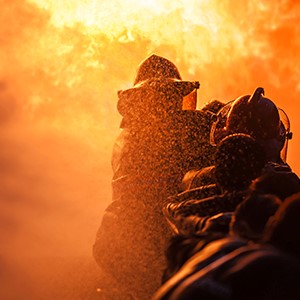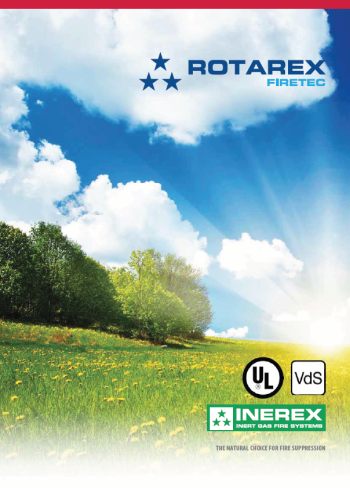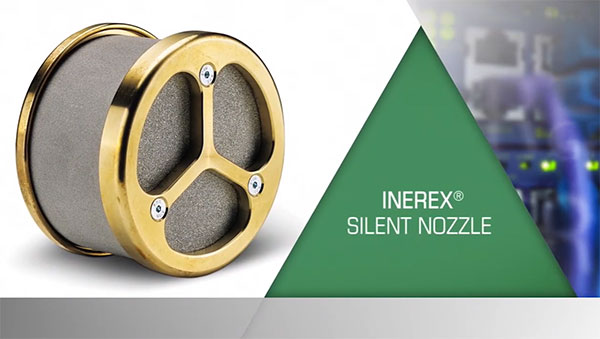Brazil

By Charles Strobel
As the world absorbs the devastating loss of Brazil's National Museum last month, counterparts at other institutions may be wondering if inert gas fire suppression systems can help them avoid a similar fate.
Judging from reports, the inferno that swept through the Rio de Janeiro landmark on September 2 was as intense as it was heartbreaking.
According to the New Yorker, museum director Alexander Kellner went on national television to describe going into the facility while the blaze was still on lower floors, only to be told by firefighters that nothing could be done because water hydrants at the site weren't working.
This was no ordinary catastrophe. The site, built in 1808 and officially designated as home to the National Museum in 1892, housed more than 20 million priceless artifacts dating back 11,000 years. Historic artwork and even Egyptian mummies were destroyed, according to CNN. National Geographic calls it "an irreplaceable loss" for science.
As the New Yorker explains, it's as if New York's American Museum of Natural History and Columbia University had been built in the same exact spot, and then incinerated.
Though unconfirmed, it appears that the facility may have relied on aqueous-based fire protection that may have been hobbled by those malfunctioning hydrants. As museums, libraries, archives and other buildings housing historical or cultural artifacts may find themselves reassessing their own fire suppression systems in the aftermath of this calamity, some key facts may get missed.
Depending on specifics, even a fully-functioning hydrant- or sprinkler system that successfully extinguished a fire may have still wrought disaster. As it happens, spraying water or certain manmade chemicals on delicate artifacts or artwork can also be ruinous.
But let's look at whether inert gas fire suppression is really a better first line of defense.
|
Burning Question: When Should You Choose Inert Gas Fire Suppression? | ||
| The Innovation Machine Behind a Revolution in Inert Gas Fire Systems |
Inert Gas: Don't Drench Fires, Deprive Them
To be clear, the best choices for fire protection always requires a careful examination of risk factors that can vary from one use case to another—and even from one site to another.
Water sprinklers and misting systems definitely have their place. The same can be said of manmade chemical agents. But for certain high-sensitivity environments, inert gas fire suppression can be ideal.
Right about now, some readers may be wondering, "What exactly is inert gas, anyway?"
Think about the air you're breathing right now. The normal air in our environment is roughly 20.9% oxygen, while the rest is made up of inert gasses—including nitrogen (78%) and traces of argon, carbon dioxide, neon and helium.
In most cases, an inert gas or "clean" extinguishing agent is comprised of 100% nitrogen, 100% argon, or a combination of the two.
Automatic, "total flooding" fires suppression systems apply the agent in sufficient concentrations to gently snuff out the fire by displacing the oxygen in the protected zone to a level below which fire cannot burn, but is still safe for humans who may still be nearby as discharge begins.
Plus, there are no toxic byproducts, chemicals or residues, so there's nothing to clean up. Which means it's no surprise that inert gas fire suppression is often the fire protection of choice for many data centers, server rooms, industrial facilities and other high-sensitivity environments.
Generally speaking, the best systems are fully UL-certified and FM-approved, and are designed to harness nature itself to fight fires in a way that's fast, effective, safer for humans and completely neutral to the environment.
The INEREX line of inert gas fire system components from Rotarex Firetec, for example, are certified according to multiple international standards and can be configured into a complete, UL/FM-approved, 200-300 bar total flooding fire suppression system.
Blame it on Rio
Taking all of this into account, is inert gas fire suppression right for your museum or high-sensitivity application? Or are water-based or manmade solutions your best bets?
The answer could be yes to any of these and more. The tragedy at Brazil's National Museum might be a good excuse to review your options. You might want to Google a few other recent disasters mentioned by NatGeo as well, including India's National Museum of Natural History (destroyed by fire in 2016), or the Instituto Butantan in Sao Paulo (vaporized by fire in 2010).
Those institutions no longer have the opportunity you do now. Don't let it—or your priceless pieces of history—go up in flames.

To learn more about inert gas fire suppression and how it can make all the difference for your applications, download our special INEREX Application Guide







